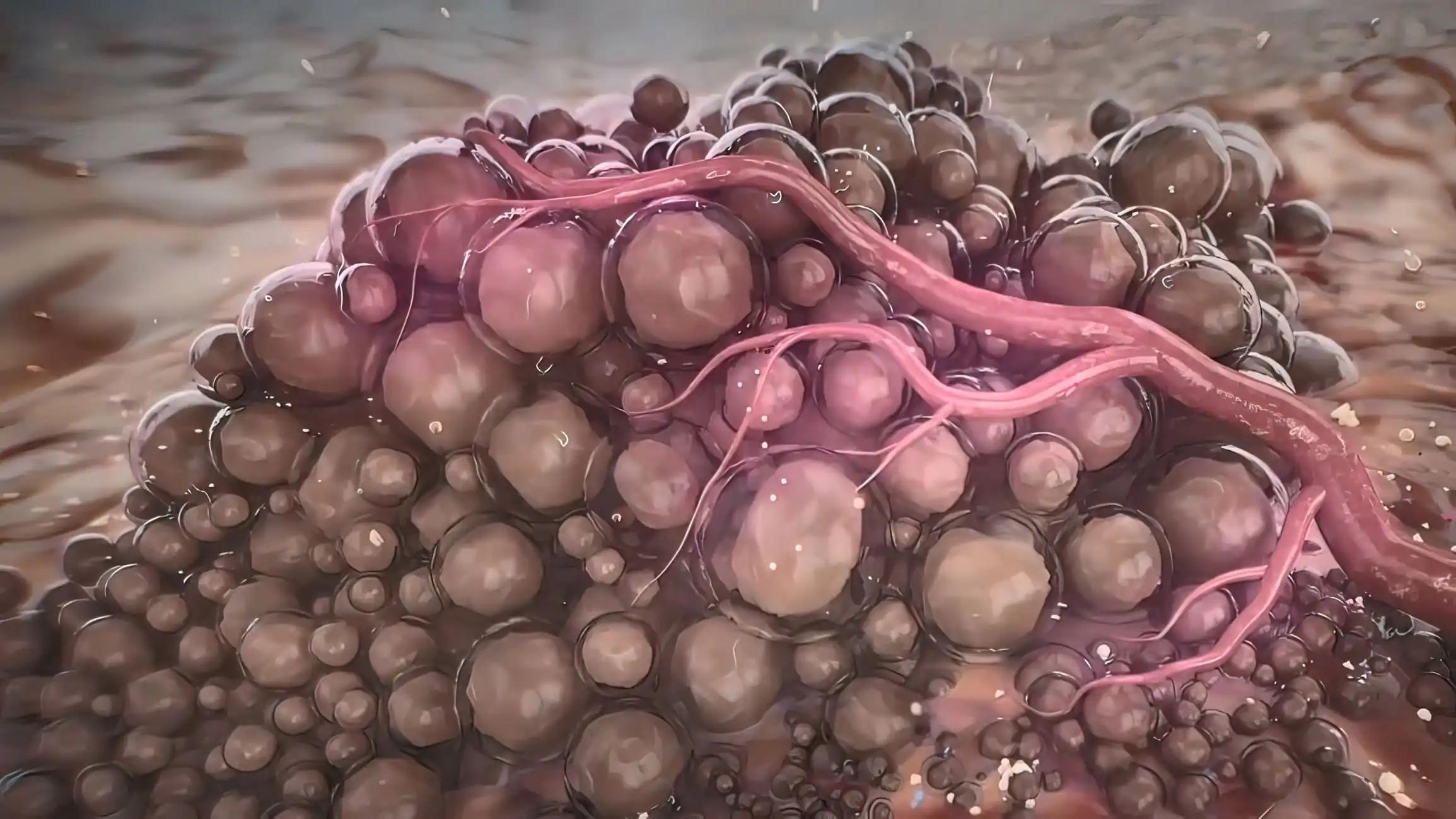KEY TAKEAWAYS
- The study aimed to investigate the cytophysiological features of progenitor sl-pHCs in pediatric patients.
- Researchers noticed that stromal-like cells from histiocytic lesions offer promising cellular models for advancing histiocytosis research and drug testing.
Histiocytoses are rare disorders characterized by heightened proliferation of pathogenic myeloid cells, which share histological traits with macrophages or dendritic cells. These cells accumulate in various organs, including bone and skin. However, the scarcity of pre-clinical in vitro models restricts the exploration of molecular pathways, challenging research on histiocytoses and skin cancer.
Agnieszka Śmieszek and the team aimed to compare cytophysiological features of progenitor stromal-like cells from histiocytic lesions (sl-pHCs) in 3 pediatric patients with different rendering research on histiocytoses types. These characterized cells hold promise for drug testing.
They performed an inclusive analysis, determining the molecular phenotype of the cells through flow cytometry to assess CD1a and CD207 (langerin) expression. The cytogenetic analysis involved GTG-banded metaphases and microarray (aCGH) evaluation. Additionally, the morphology and ultrastructure of cells were evaluated using confocal and scanning electron microscopes. Microphotographs from confocal imaging were used to reconstruct the mitochondrial network and its morphology.
Basic cytophysiological parameters, including viability, mitochondrial activity, and proliferation, were analyzed using multiple cellular assays such as Annexin V/7-AAD staining, mitopotential analysis, BrdU test, clonogenicity analysis, and cell cycle distribution. Biomarkers potentially associated with histiocytoses progression were determined using RT-qPCR at mRNA, miRNA, and lncRNA levels. Intracellular accumulation of histiocytosis-specific proteins was detected with Western blot. Cytotoxicity and IC50 of vemurafenib and trametinib were determined using the MTS assay.
The obtained cellular models ( RAB-1, HAN-1, and CHR-1) exhibited molecular phenotype and morphology heterogeneity. These cells expressed CD1a/CD207 markers typical of dendritic cells while also displaying intracellular accumulation of mesenchymal origin markers like vimentin (VIM) and osteopontin (OPN).
In subsequent cultures, the cells remained viable and metabolically active, with well-developed mitochondrial networks showing distinct morphotypes in each cell line. Each cell line exhibited a specific transcriptome profile, highlighting potential new biomarkers (non-coding RNAs) with diagnostic and prognostic implications. Additionally, the cells demonstrated varying sensitivity to vemurafenib and trametinib.
The study concluded that the obtained and characterized cellular models of sl-pHCs hold promise for advancing studies on histiocytosis biology and facilitating drug testing.
The study funding was supported by the Medical Research Agency (ABM) under the project POLHISTIO.
Source: https://pubmed.ncbi.nlm.nih.gov/38342891/
Śmieszek A, Marcinkowska K, Małas Z, et al. (2024). “Identification and characterization of stromal-like cells with CD207+/low CD1a+/low phenotype derived from histiocytic lesions – a perspective in vitro model for drug testing.” BMC Cancer. 2024 Feb 12;24(1):105. doi: 10.1186/s12885-023-11807-0. PMID: 38342891; PMCID: PMC10860276.



